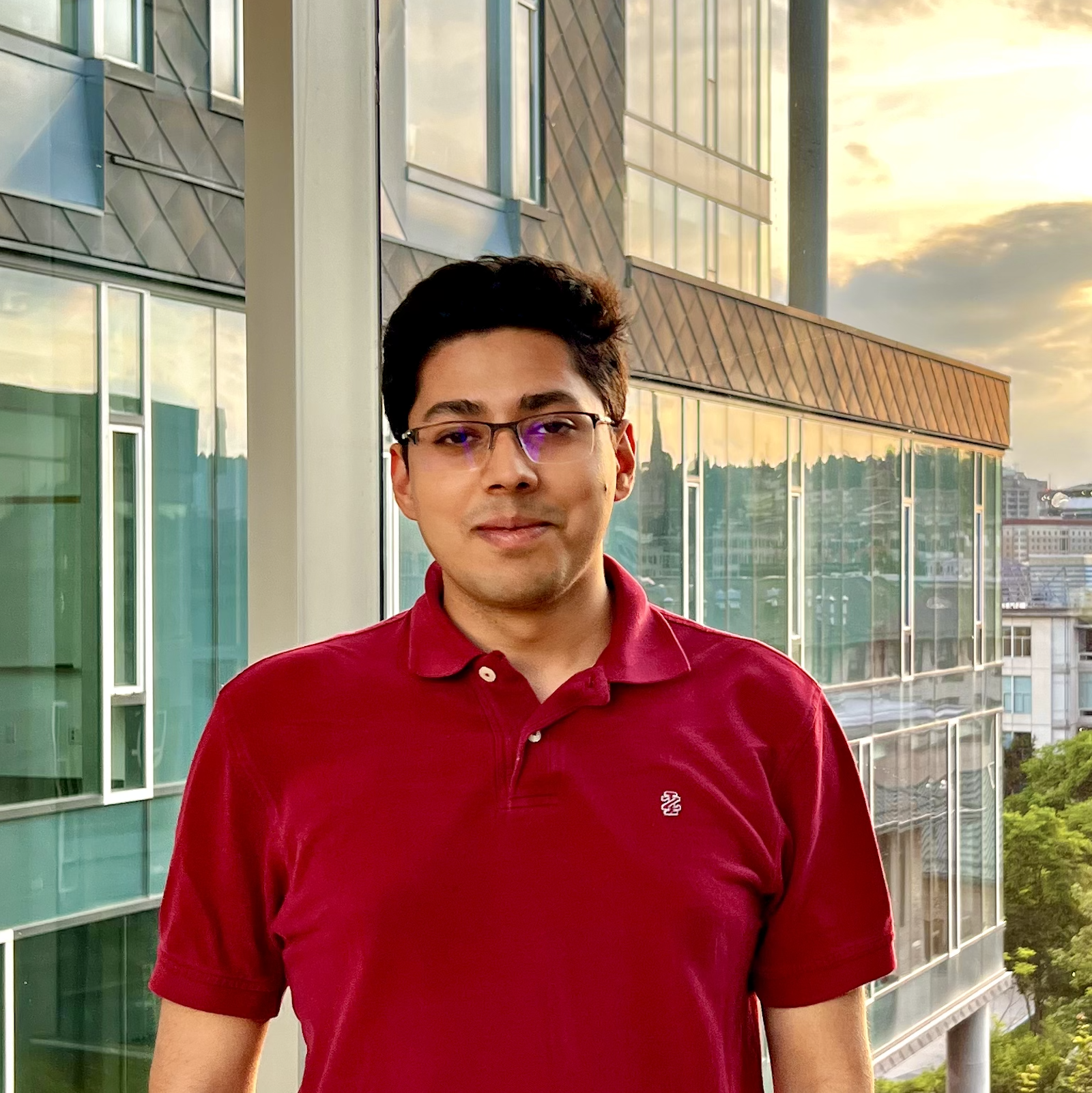Amartya Banerjee
Ph.D. Student, University of North Carolina, Chapel Hill
I am a Ph.D. student in the Department of Computer Science at UNC, Chapel Hill. I am fortunate to be advised by Prof. Harlin Lee and Prof. Caroline Moosmueller. I am also a member of Geometric Data Analysis @ UNC. Broadly, my research interests revolve around problems in Optimal Transport and Machine Learning, with applications in science and engineering. More specifically, I am interested in generative approaches such as flow matching and diffusion, along with geometric and stochastic algorithms for efficient learning and inference in high-dimensional data.
Prior to joining my Ph.D., I graduated with a double major in Mathematics and Computer Science from the University of Maryland, College Park followed by a Master's in Computer Science, also from UMD.
Fun Fact: I have an Erdos number of 3.

News & Activities
- [Sep 2025]: Our protein design work featured in UNC News and ITS News
- [Sep 2025]: Co-organized the Aligning AI with Society workshop with University of Tübingen
- [May 2025]: Interning at Amazon (Prime Video & Studios CoreTech Team) over summer
- [Feb 2025]: Columbia University Optimal Transport and Statistics Workshop Travel Award
- [Jan 2025]: Invited Talk at IIT Bombay
- [Dec 2024]: First Place in Poster & Short Talks Competition at Data Science Week, Purdue University
- [Oct 2024]: Our work on trajectory inference was covered by SIAM News
- [Oct 2024]: Poster presentation prize at SDSS Data Science Day
- [Aug 2024]: SIAM MDS24 Travel Award
- [Nov 2023]: TriCAMS at Duke University
Research
Professional Experience
Applied Scientist (Prime Video & Studios CoreTech), Summer 2025
Topic: Causal Inference and Reinforcement Learning
Carnegie Mellon University, Pittsburgh
Visiting Researcher, Summer 2024
Topic: Diffusion Models and Inverse Problems
Selected Awards
Columbia University Optimal Transport and Statistics Workshop Travel Award (2025)
First Place in Poster & Short Talks Competition at Data Science Week, Purdue University (2024)
SDSS Data Science Day Poster Presentation Prize (2024)
SIAM MDS24 Travel Award (2024)
John D. Gannon Endowed Scholarship (2018)
Miscellaneous
- Workshop Organizer: Co-organized the Aligning AI with Society workshop with University of Tübingen (Sept 2025)
- Reviewer: NeurIPS 2025, CAMSAP 2025, Learning on Graphs (LoG) 2025
- Teaching Recitations: DATA110 Introduction to Data Science (AY 2024, 2025)
- Serving as Head TA, leading recitation sections and overseeing a team of undergraduate and graduate teaching assistants.
- Assisting in course management: Coordinating grading logistics, student support, office hours scheduling, and providing feedback to students on coursework & class projects.
- Memberships: SIAM Graduate Student Chapter, UNC Chapel Hill